Rising Vehicle Production
The increasing production of vehicles is a primary driver for the Automotive Stabilizer Link Market. As manufacturers ramp up output to meet consumer demand, the need for high-quality suspension components, including stabilizer links, becomes paramount. In 2025, vehicle production is projected to reach approximately 90 million units, indicating a robust market for automotive parts. This surge in production not only enhances the demand for stabilizer links but also encourages manufacturers to innovate and improve product quality. Consequently, the Automotive Stabilizer Link Market is likely to experience significant growth as automakers prioritize safety and performance in their designs.
Increase in Aftermarket Sales
The rise in aftermarket sales is a notable driver for the Automotive Stabilizer Link Market. As vehicles age, the need for replacement parts, including stabilizer links, becomes more pronounced. The aftermarket segment is projected to grow as vehicle owners seek to maintain their vehicles' performance and safety. In 2025, the aftermarket for automotive parts is expected to reach a valuation of over 400 billion dollars, with stabilizer links representing a significant portion of this market. This trend suggests that the Automotive Stabilizer Link Market will benefit from increased sales in the aftermarket, driven by consumer awareness and the importance of vehicle maintenance.
Growing Focus on Vehicle Safety
The heightened emphasis on vehicle safety is a crucial factor influencing the Automotive Stabilizer Link Market. As regulatory bodies implement stricter safety standards, automakers are compelled to enhance their vehicle designs, particularly in suspension systems. Stabilizer links play a vital role in maintaining vehicle stability and reducing body roll during cornering, which is essential for passenger safety. The market for automotive stabilizer links is expected to expand as manufacturers integrate advanced safety features into their vehicles. This trend is further supported by consumer preferences for safer vehicles, which drives demand for high-quality stabilizer links in the Automotive Stabilizer Link Market.
Expansion of Electric Vehicle Market
The expansion of the electric vehicle market is emerging as a key driver for the Automotive Stabilizer Link Market. As electric vehicles gain popularity, manufacturers are adapting their designs to accommodate the unique requirements of electric drivetrains. Stabilizer links are essential for ensuring stability and handling in these vehicles, which often have different weight distributions compared to traditional vehicles. The electric vehicle market is projected to grow substantially, with estimates suggesting that electric vehicles could account for 30% of total vehicle sales by 2030. This shift presents a significant opportunity for the Automotive Stabilizer Link Market to innovate and cater to the evolving needs of electric vehicle manufacturers.
Technological Innovations in Suspension Systems
Technological advancements in suspension systems are significantly impacting the Automotive Stabilizer Link Market. Innovations such as adaptive suspension systems and lightweight materials are being integrated into modern vehicles, enhancing performance and comfort. The introduction of advanced stabilizer links that utilize materials like aluminum and composites is expected to drive market growth. In 2025, the market for advanced suspension components is anticipated to grow at a compound annual growth rate of around 5%. This trend indicates a shift towards more sophisticated suspension solutions, thereby increasing the demand for innovative stabilizer links within the Automotive Stabilizer Link Market.




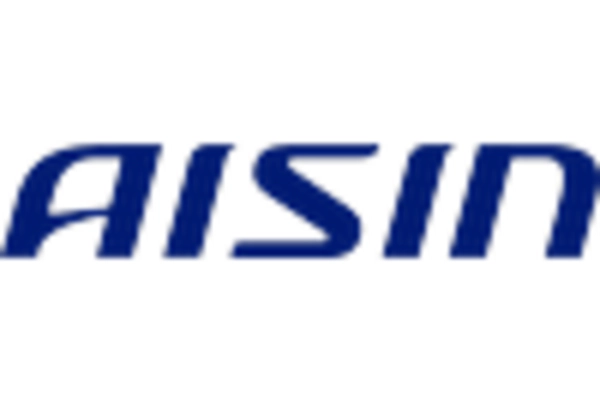

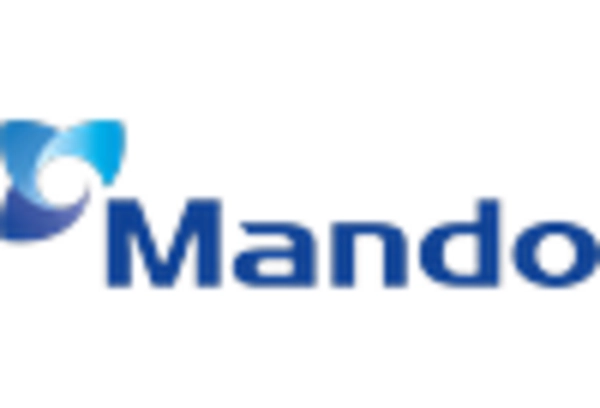
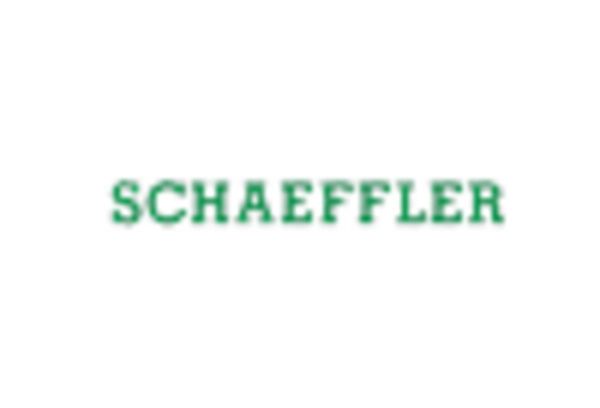
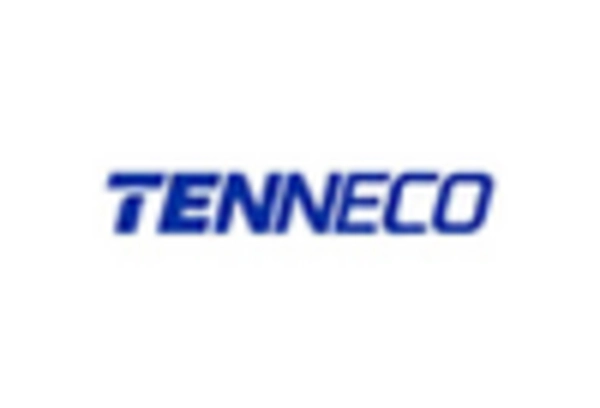
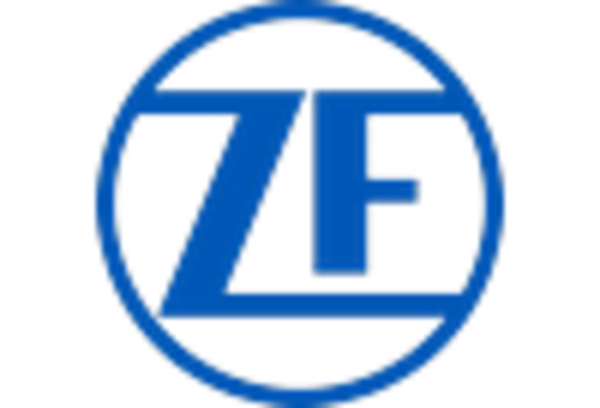








Leave a Comment